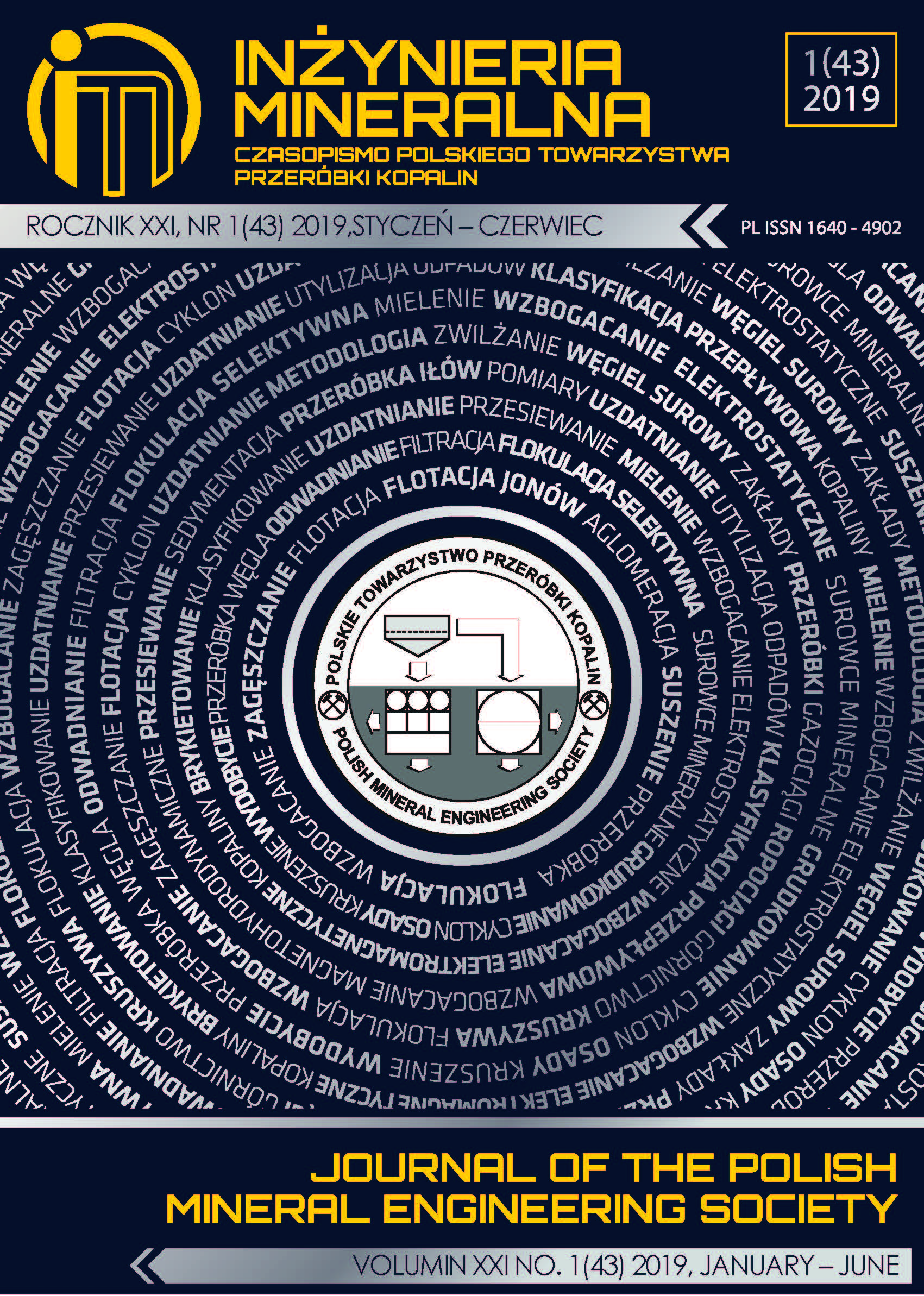Nano-design of Zeolites Biomass Wastes Valorization: Dehydration of Lactic Acid into Acrylic Acid
Abstract
The valorization of waste from biomass currently arouses great interest. In the present study we concentrate on the design of innovative BEA zeolite catalysts with applied metal nanoparticles - copper, vanadium and manganese for the dehydration of lactic acid to acrylic acid. Th e ab initio method based on density functional theory (DFT) was used to calculate the electron structure of the analyzed molecules. The non-local generalized gradient corrected functionals GGA-RPBE was used to in order to account for electron exchange and correlation. The cluster model was represented by a hierarchical zeolite M2Al2Si12O40H22 (M = Cu, V, Mn). Th e stabilization of the M-Ob-M dimer complex in the hierarchical structure of BEA, mechanism of adsorption of lactic acid on BEA zeolite with applied metal dimers and formation of acrylic acid on these zeolites were investigated. Th e examined metals form stable dimers interconnected by a bridge oxygen (Ob). Adsorption of lactic acid takes place in the vicinity of a dimer of M-Ob-M.
The dehydration of lactic acid to acrylic acid in all cases consists in the separation of the hydroxyl group and creating a connection with a metal center of dimer and disconnection of a single hydrogen atom from the methyl group and its interaction with bridge oxygen of dimer.
This journal permits and encourages authors to post items submitted to the journal on personal websites or institutional repositories both prior to and after publication, while providing bibliographic details that credit, if applicable, its publication in this journal.







.png)
